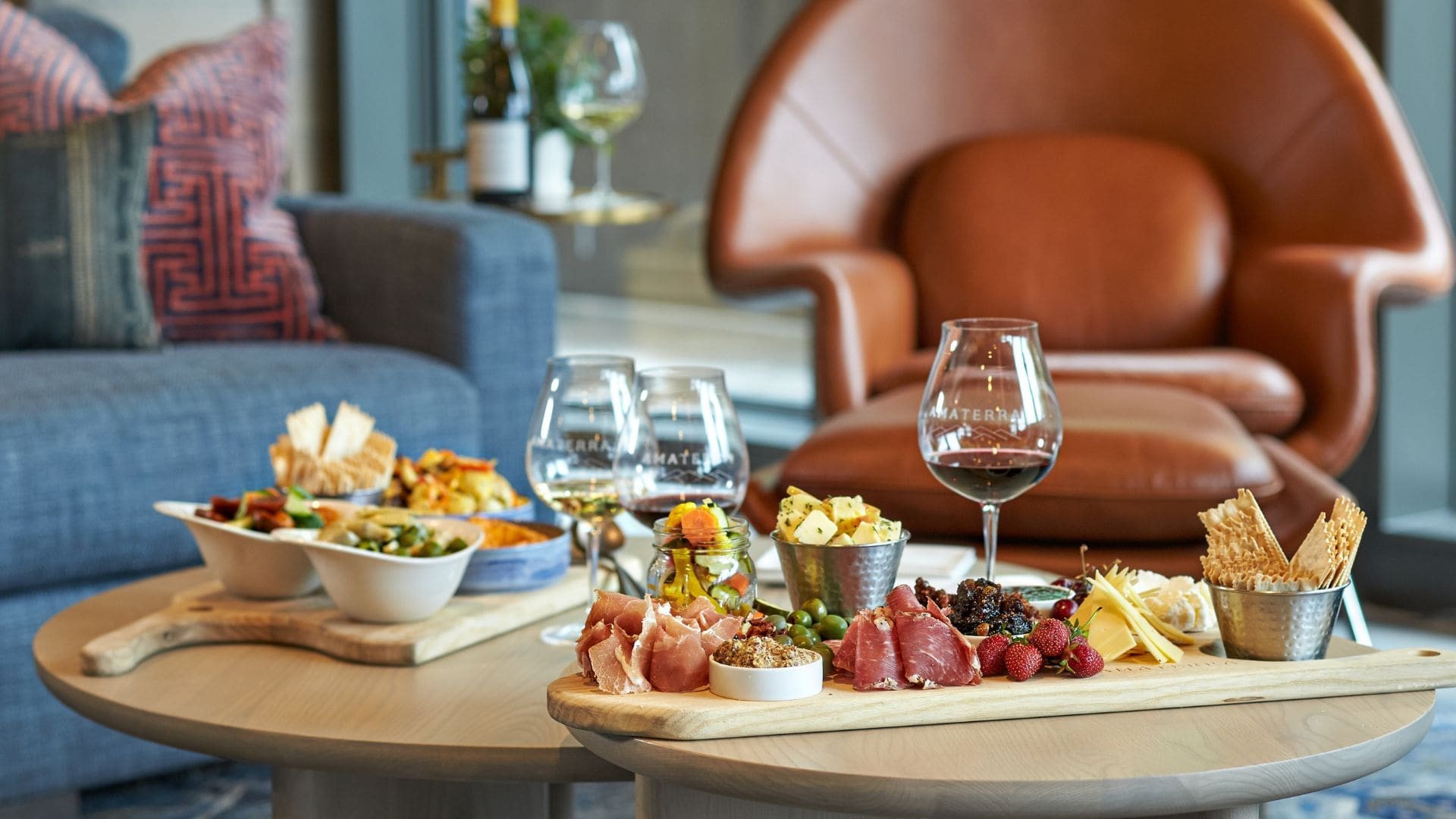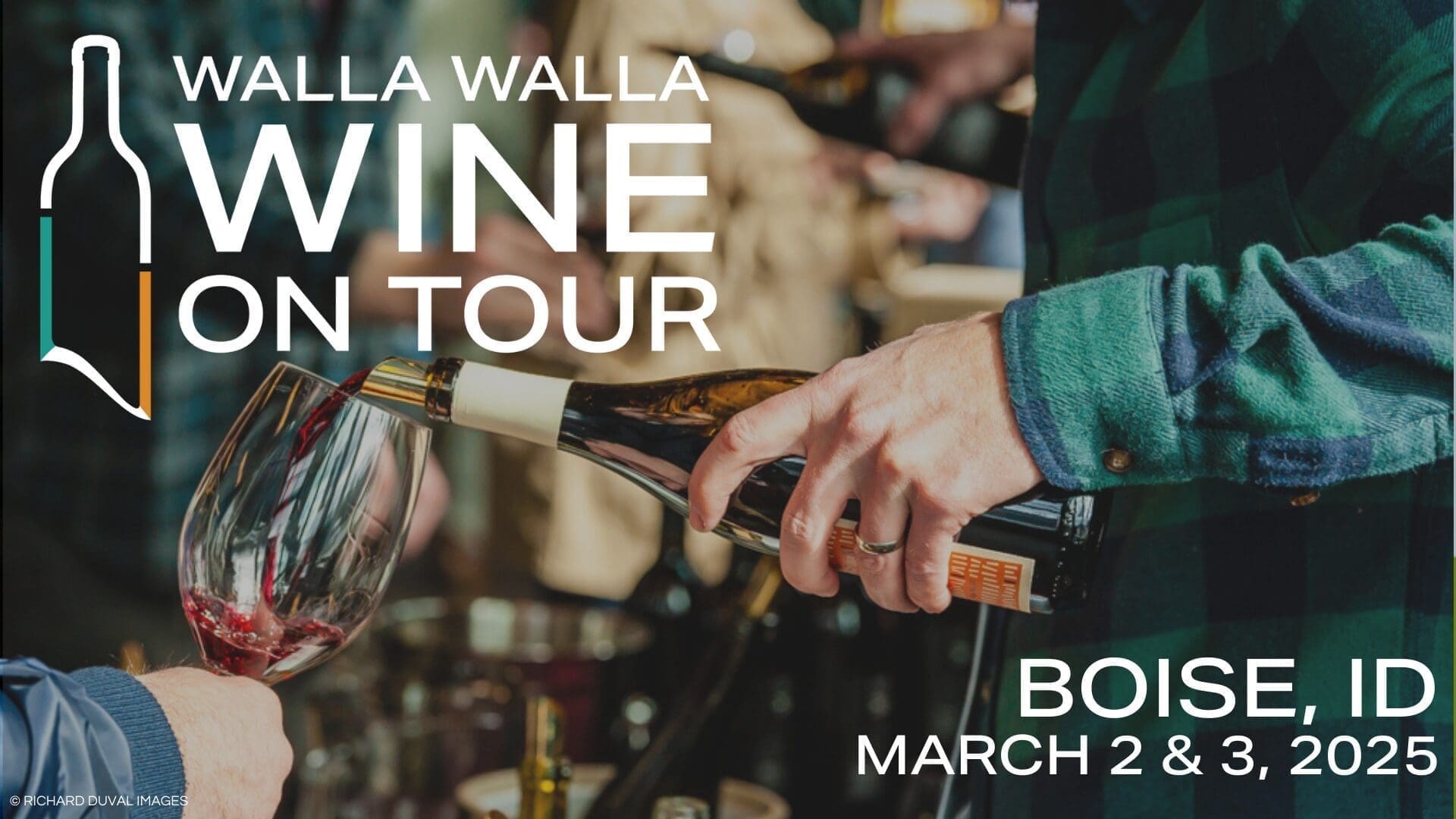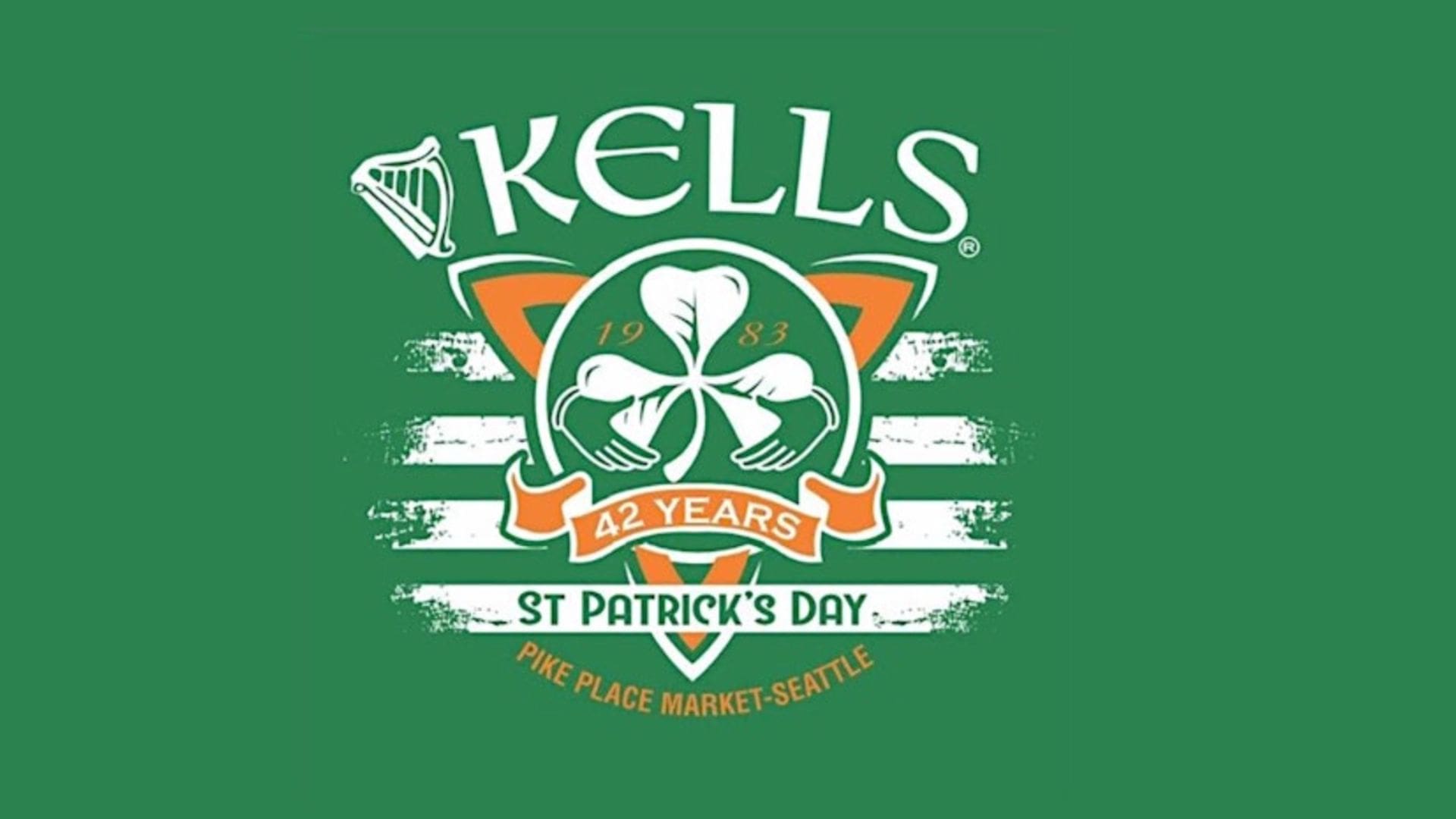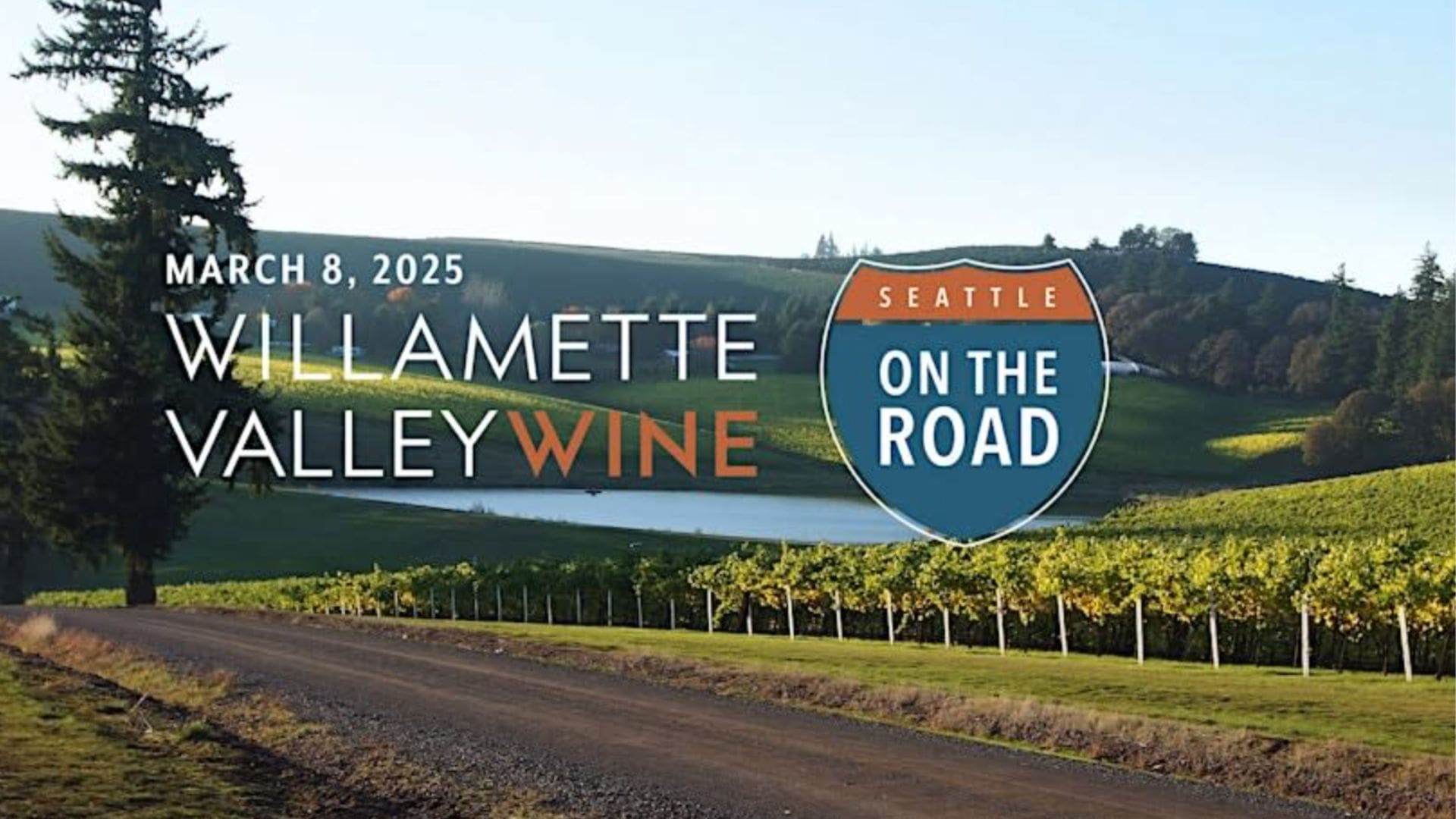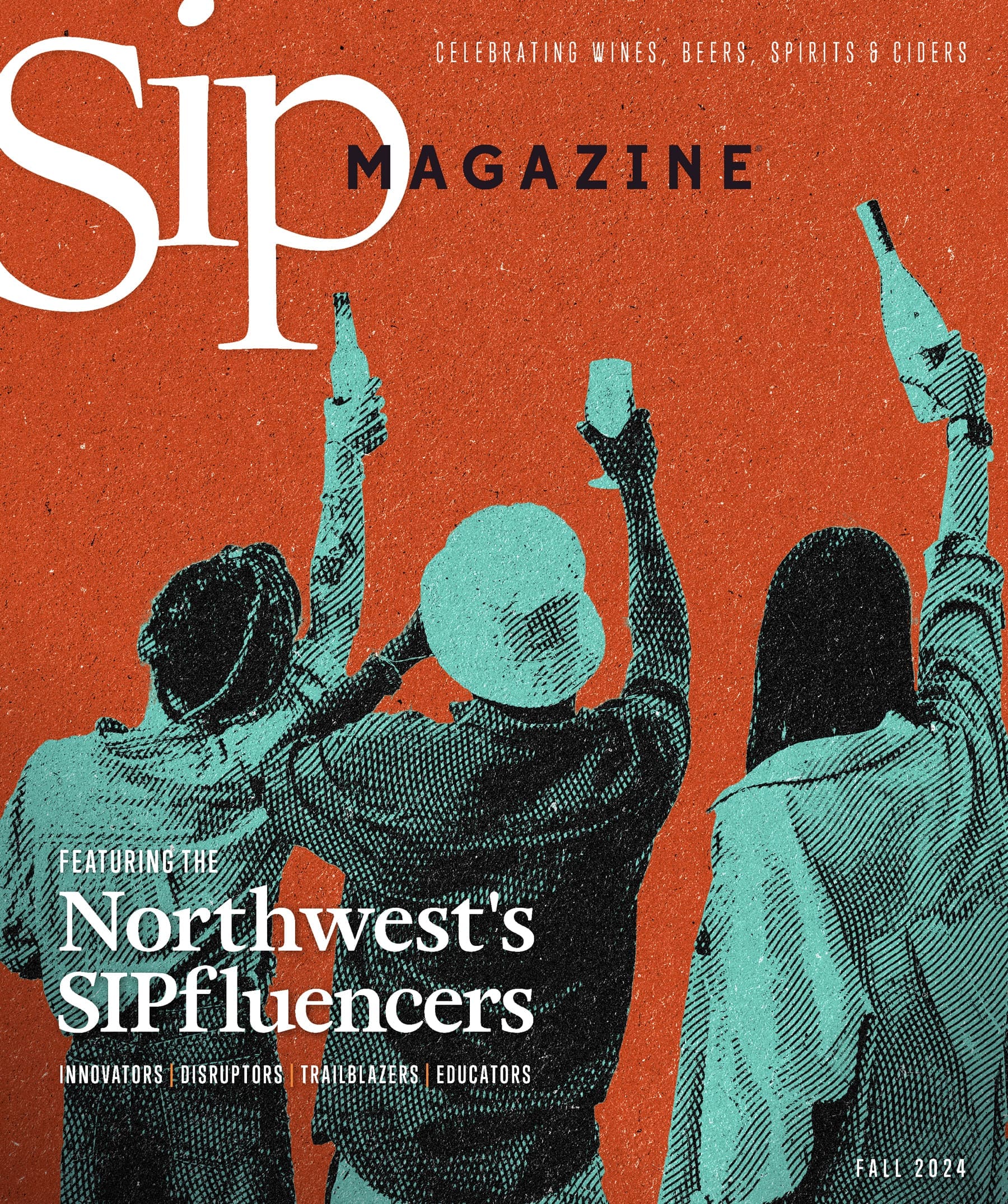It was a prophetic move at a time when two now-trending things were very much still emerging. It was 1981 and Jim Bernau was looking to start a winery in Oregon’s Willamette Valley. The area was known, of course, thanks to the pioneering efforts of David Lett, Dick Erath, the Sokol-Blossors, the Ponzis and more. Following the establishment of Willamette Valley Vineyards by Bernau, the Willamette Valley AVA was created by the federal government.

“It takes a lot of resources to start a winery,” Bernau recalls. So, long before it became a household verb, Bernau crowdfunded his project. He spent years gathering support, attending trade festivals with architectural renderings of his dream in hand. He didn’t even have any wine to pour yet. But he did have an ownership plan that was revolutionary at the time.
After connecting and collaborating with local legislators, his project, Willamette Valley Vineyards, became the first crowdsourced business in the nation. Set in the heart of the valley just outside of Salem, his winery and vineyard would be owned by fellow wine enthusiasts. Interested parties could invest in the company and receive benefits akin to wine club membership, not to mention access to special events. The stock owners could help provide the financial resources needed to jumpstart the brand while taking ownership in a slice of the burgeoning Oregon wine landscape.

Bernau likens it to the Ben and Jerry’s model, which began locally in Vermont selling shares of their little ice cream outfit before going national. Willamette Valley Vineyards has done much the same, starting small with its first public offering in 1989, and now responsible for some 19,000 owners from coast to coast with two NASDAQ listings for its Common (WVVI) and Preferred Stock (WVVIP). Along the way, his brand has been able to take on some genuinely unique enterprises. A tasting room outpost in a historic building in Folsom, Calif. Securing vineyards on the Oregon side of the Walla Walla Valley, where Syrah for their Maison Bleue brand and Cabernet Sauvignon at their Pambrun Vineyard grows. A forthcoming sparkling wine house called Bernau Estate is set to open in 2022 – focusing on biodynamically-grown méthode champenoise wines in the Dundee Hills AVA of Oregon.
It’s all part of a roadshow-style plan to spread the gospel of the local industry. “Our mission is to tell the story of Oregon wine,” Bernau says. He adds that it’s very much a values-driven one, with a commitment to quality and sustainability not seen in many other locales. Willamette Valley Vineyards is LIVE (Low Input Viticulture and Enology) certified and Salmon Safe. His label was the first to employ natural cork endorsed by the Rainforest Alliance.
Willamette Valley Vineyards has come a long way since Bernau was talking people up at gatherings like the Newport Seafood and Wine Festival in 1988. Bernau has an entire legion of invested followers, thrilled to be a part of the evolution. At 67, he knows he won’t be able to do this forever but is confident in the system he’s built and how it will continue to grow, generations from now. The puzzled looks he got as a reaction to his ownership plan decades ago have turned into phone calls asking for advice.
“The biggest motivator for our owners is not the investment return,” Bernau admits. “It’s being a part of the very exciting Oregon agricultural and wine movement.”
To learn more visit wvv.com/Ownership.

Sponsored Post
Photos within the post provided by Andrea Johnson


